When it comes to popular white wines, Pinot Blanc and Chardonnay are often positioned to compete for drinkers’ attention. Both wines deliver unique characteristics, influenced by factors like grape variety, terroir, and winemaking techniques. This article seeks to compare and contrast these two well-known grape varieties, providing valuable information for wine enthusiasts and casual drinkers alike.
Pinot Blanc and Chardonnay have their roots in France, with the former predominantly found in the Alsace region, while Chardonnay thrives in the Burgundy region. Each wine has a distinct taste profile and can vary significantly depending on several factors like the winemaking process and climate where the grapes are grown. This article will provide insights into the flavor profiles, wine characteristics, and ideal food pairings, allowing you to better understand and appreciate both Pinot Blanc and Chardonnay.
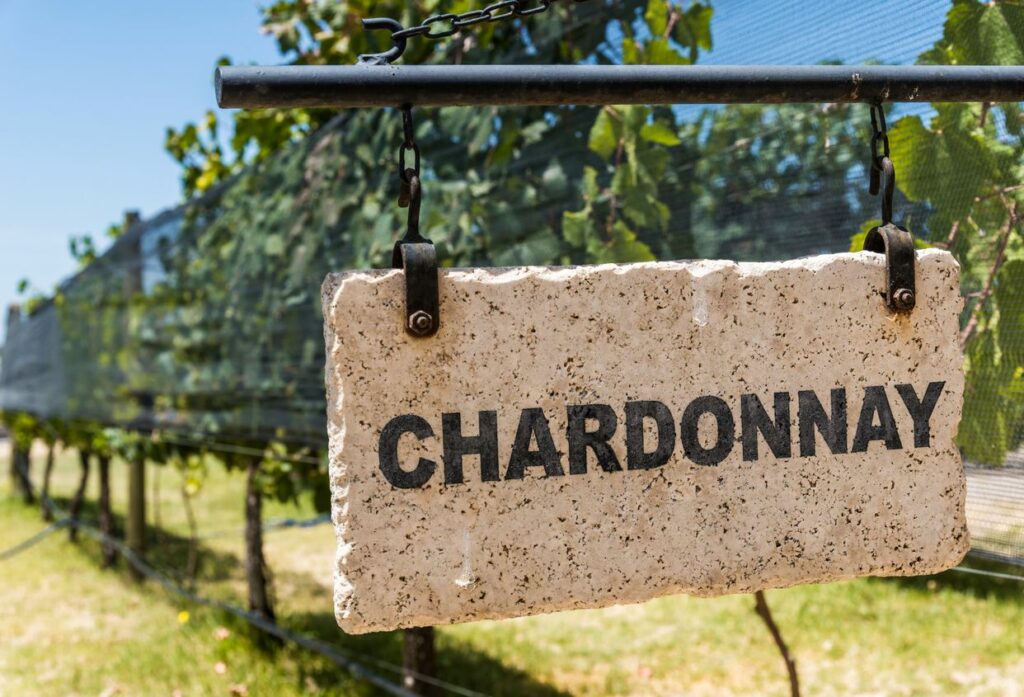
Key Takeaways
- Pinot Blanc and Chardonnay are well-known grape varieties with French origins
- Each wine offers a distinct taste profile influenced by factors like winemaking and climate
- Understanding their differences can enhance the wine tasting experience and inform food pairings
Pinot Blanc vs Chardonnay: An Overview
Pinot Blanc and Chardonnay are both popular white wine varieties known for their distinct flavors and versatility. They originate from different regions and possess unique characteristics that set them apart from each other.
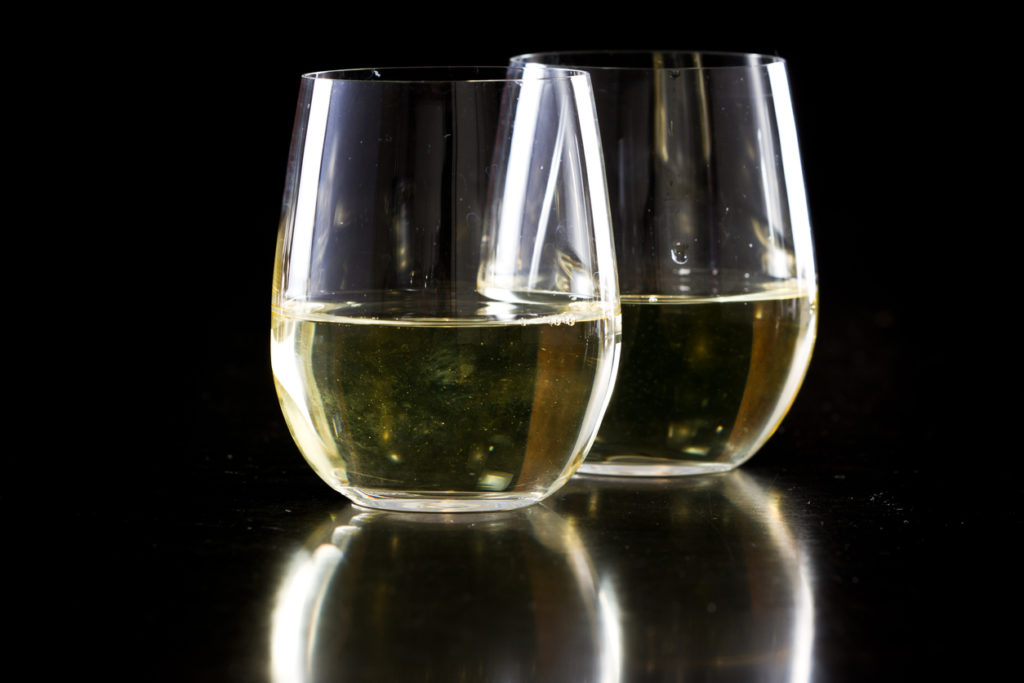
Pinot Blanc
This is a mutation of the Pinot Noir grape variety. It is predominantly grown in the Alsace region of France, as well as in Germany, Italy, and Austria. Pinot Blanc wines are typically characterized by their delicate fruit flavors, such as green apple, pear, and melon, combined with a crisp acidity. The wine has a light to medium body and is often compared to Chardonnay in terms of taste and texture.

Chardonnay
On the other hand, Chardonnay is a white grape variety that originates from the Burgundy region of France. It is one of the most widely planted grape varieties in the world and can be found in wine-growing regions across the globe. Chardonnay is known for its versatility in both style and flavor, depending on factors such as climate, terroir, and winemaking techniques. Flavors in Chardonnay wines range from bright citrus and green apple in cooler climate regions to tropical fruit notes such as pineapple and mango in warmer regions.
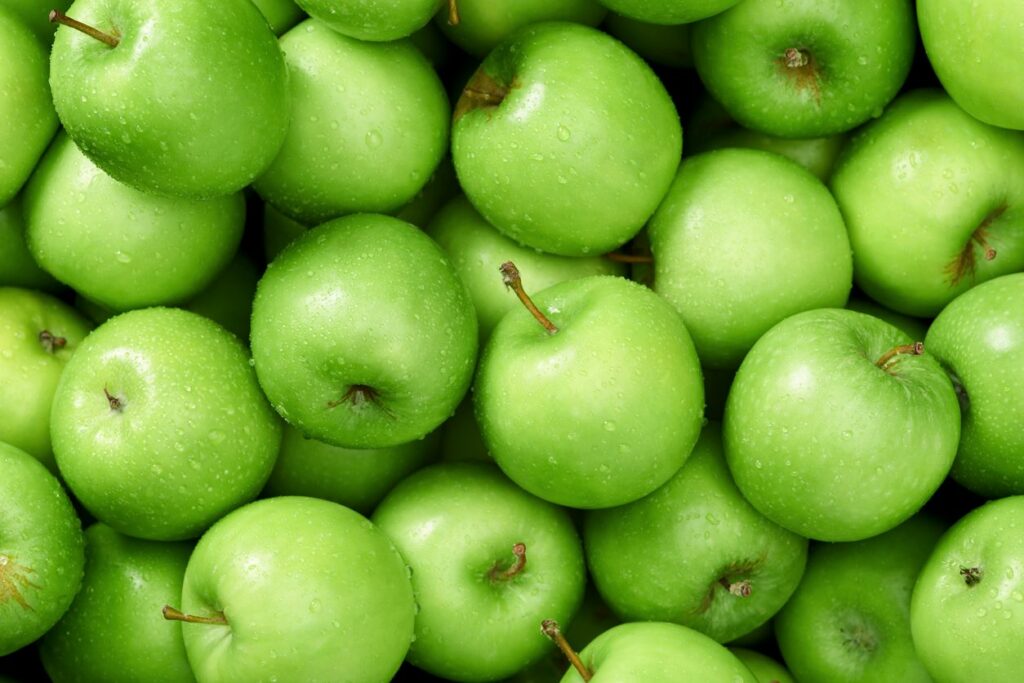
Food Pairings
When it comes to food pairings, both Pinot Blanc and Chardonnay offer some similar and contrasting options. Due to its light and crisp nature, Pinot Blanc pairs well with dishes such as seafood, light pasta dishes, and salads. Chardonnay, depending on its style and region, can accompany a wider range of dishes. Lighter styles of Chardonnay pair well with seafood, poultry, and vegetable dishes, while fuller-bodied versions can complement richer fare, such as creamy pasta, pork, and dishes with buttery sauces.

Price and Availability
In terms of price and availability, Chardonnay is generally easier to find and can span a wide range of price points due to its extensive production across the wine-growing world. Pinot Blanc, being less common and mainly grown in specific regions, may be more difficult to locate and can carry a slightly higher price tag.

In summary, Pinot Blanc and Chardonnay are both well-loved white wine varieties that offer unique characteristics and flavors. Choosing between the two ultimately comes down to personal preference and the specific occasion or meal they are being paired with.
The Origin of Pinot Blanc and Chardonnay
Origin of Pinot Blanc
Pinot Blanc is a white grape variety with origins in France. It is believed to be a genetic mutation of the Pinot Noir grape, which appeared in the Burgundy region of France. Pinot Blanc grapes are now grown in several countries, including France, Italy, and Germany.

In France, Pinot Blanc is primarily grown in the Alsace region, where it has been cultivated for centuries. Alsace is known for its unique climate and terroir, which contribute to the grape’s distinctive character. Pinot Blanc from Alsace often showcases floral and citrus notes with a lively acidity.
In Italy, Pinot Blanc, known as Pinot Bianco, is grown primarily in the northern regions such as Trentino-Alto Adige and Friuli-Venezia Giulia. Italian Pinot Bianco wines tend to be more crisp and minerally, with flavors of apple, pear, and almonds.

Germany also grows Pinot Blanc, known as Weißburgunder. The grape thrives in regions like Baden, Pfalz, and Rheinhessen, producing wines with a more rounded texture and notes of orchard fruits, honey, and spice.
Origin of Chardonnay
Chardonnay is another white grape variety that originated in France, specifically in the Burgundy region. Today, Chardonnay is grown globally, including in notable wine-producing regions such as California, Australia, and New Zealand.

The Burgundy region in France is still home to some of the most prestigious and sought-after Chardonnay wines. In Burgundy, the grape is used to produce wines with a wide range of flavors and textures, from crisp and mineral-driven Chablis to richer, more opulent Meursault and Montrachet.
In the New World, California has become a prominent producer of Chardonnay, particularly in regions like Napa Valley and Sonoma County. Californian Chardonnay typically showcases ripe fruit flavors with buttery, oaky, or vanilla notes resulting from barrel aging.
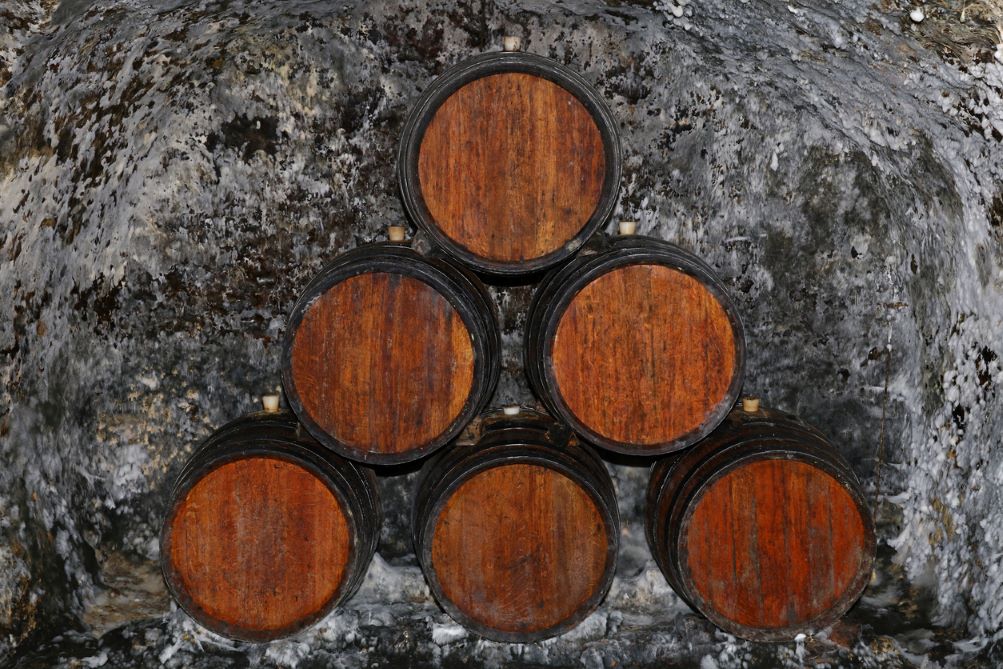
Australia and New Zealand have also embraced Chardonnay as a key grape variety. In these regions, the wines range from crisp and elegant to rich and full-bodied, showcasing a diversity of flavors, including tropical fruits, citrus, and stone fruits.
In summary, both Pinot Blanc and Chardonnay have their origins in France, but they have since been cultivated in various regions worldwide. Each region imparts its own unique characteristics to the grapes, resulting in a wide array of styles and flavors for wine enthusiasts to explore.
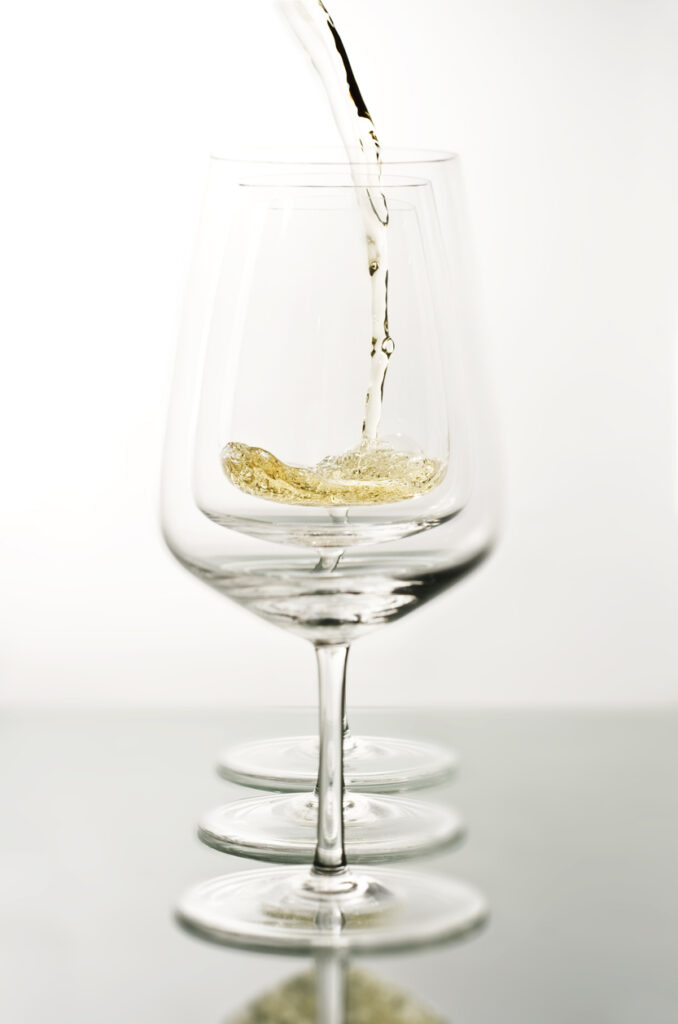
The Grapes and The Wine
The Grapes of Pinot Blanc
Pinot Blanc is a white grape variety that is predominantly grown in the Alsace region of France, as well as in Germany, Italy, and Austria. This grape is known for its versatility, as it can produce a wide range of white wines from light and crisp to full-bodied and rich. The grapes themselves are small and tightly clustered, with a thin skin that is usually greenish-yellow in color.
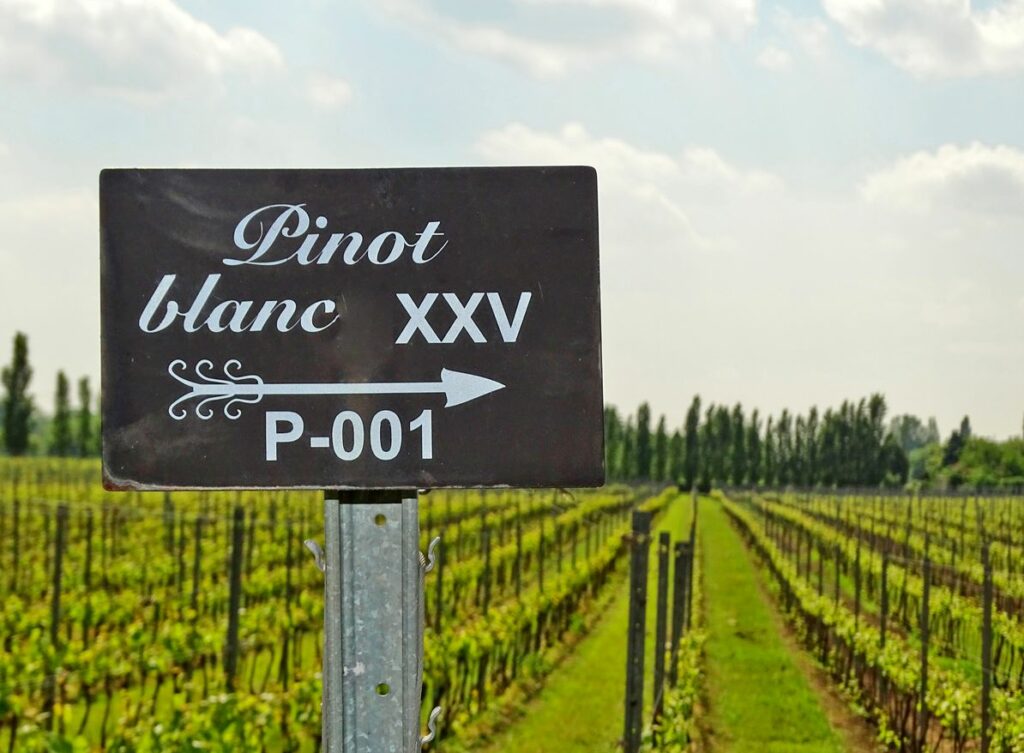
The wines produced from Pinot Blanc grapes are typically characterized by their delicate fruit flavors, such as apple, pear, and citrus. They are also often known for their floral and mineral undertones, which can provide a refreshing and crisp finish on the palate. Some Pinot Blanc wines may also show a light touch of oak, although this is not as prevalent as in Chardonnay wines.
The Grapes of Chardonnay
Chardonnay is arguably one of the most well-known and widely planted white grape varieties in the world. Originating from the Burgundy region in France, Chardonnay has since been cultivated in several wine-producing countries, most notably in the United States, Australia, and South America. The grapes are relatively easy to grow, as they have a higher tolerance for various climates and soil types than many other white grape varieties.
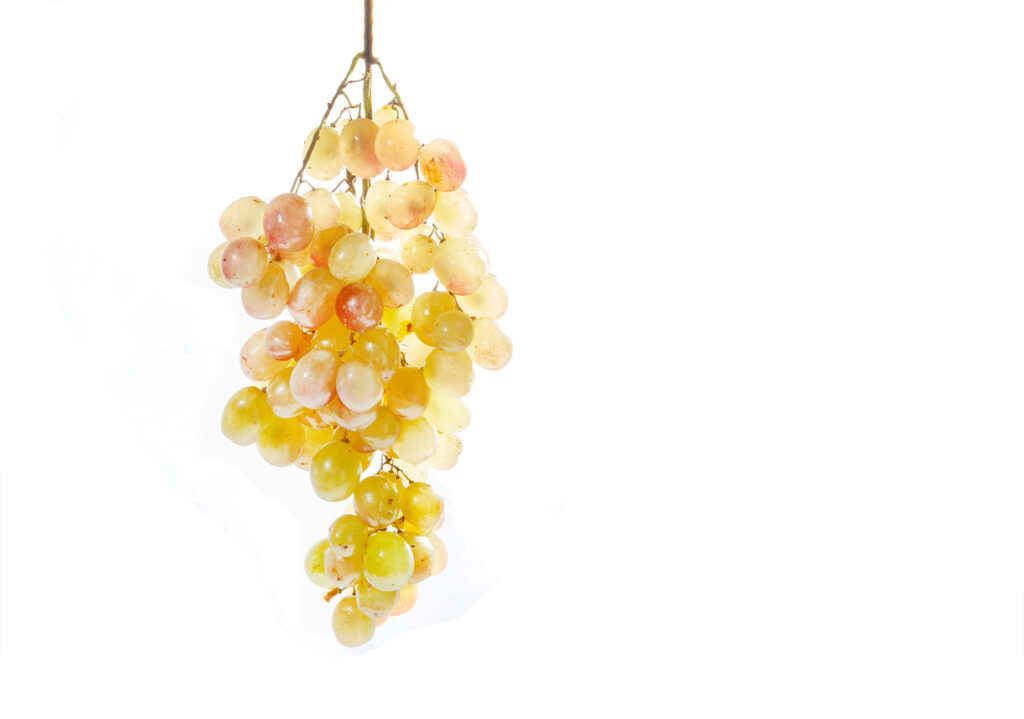
In appearance, Chardonnay grapes are similar in size and shape to Pinot Blanc grapes. However, they usually have a deeper golden hue on their skins. The flavor profile of Chardonnay wines is highly dependent on factors such as the climate where the grapes are grown and the winemaking techniques employed. This can result in wines ranging from crisp, unoaked versions with hints of green apple and citrus, to rich, buttery, and oaky examples that display notes of tropical fruits, vanilla, and toast.

While both Pinot Blanc and Chardonnay are white grape varieties that can produce diverse styles of wine, each offers distinct characteristics that appeal to different palates. The choice between these two varietals will ultimately depend on individual preferences and the specific occasion for which the wine is being enjoyed.
Taste Profiles and Wine Characteristics
Tasting Pinot Blanc
Pinot Blanc is a versatile white grape variety known for its clean and crisp characteristics. The taste profile of Pinot Blanc wines is typically neutral, with a subtle fruitiness that showcases the terroir where the grapes were grown. On the palate, these wines display a light to medium body with moderate acidity.

In terms of flavors, unoaked Pinot Blanc is often fruit-driven, with pear, peach, and apple being common fruit notes. Some Pinot Blanc may also exhibit minerality, lending to a more dry and less sweet profile. While it is not common to oak-age Pinot Blanc, those that are oaked may have toasty or creamy notes to go with the fruity flavors.
Experiencing Chardonnay
Chardonnay is a highly adaptable white grape variety that can produce a wide range of wine styles. The taste profile can range from dry and crisp to rich and round, largely depending on the winemaking techniques employed. In terms of body, Chardonnay typically has a fuller body compared to Pinot Blanc, with a more pronounced acidity.

Unoaked Chardonnay wines tend to emphasize the natural fruit character of the grape. They often boast citrus and green apple flavors, which may be accompanied by a crisp acidity. The unoaked versions are usually more dry with a lighter body.
Oaked Chardonnay, on the other hand, can develop a lusher, more complex character through malolactic fermentation and oak influence. This winemaking technique imparts vanilla, butter, and toast notes, with a creamier mouthfeel. The fruit flavor profile migrates towards tropical fruit such as pineapple. As a result, oaked Chardonnay can lean towards a more sweet taste, although the level of sweetness will vary depending on the specific wine.

In conclusion, both Pinot Blanc and Chardonnay offer unique taste experiences, with Pinot Blanc showcasing a subtler, more mineral-driven character and Chardonnay providing a broad spectrum of flavors and styles, from crisp and fruity to rich and creamy.
Popular Wine Regions for Pinot Blanc and Chardonnay
Regions for Pinot Blanc
Pinot Blanc is a white grape variety that originated in France. It is predominantly found in three countries: France, Germany, and Italy. One of the most famous regions for Pinot Blanc is Alsace, located in northeastern France, where it is considered one of the noble grape varieties. This region produces high-quality Pinot Blanc wines with fruity and floral notes.

In Germany, Pinot Blanc, also known as Weissburgunder, is mainly grown in the Baden and Pfalz regions. German Pinot Blanc wines are known for their elegance and balance of acidity and sweetness. Italy is another significant region for Pinot Blanc production, particularly in the Alto Adige region, where it is called Pinot Bianco. Italian Pinot Blanc wines are light, crisp, and refreshing with flavors of apple and pear.
Chardonnay Growing Regions
Chardonnay is the most popular white grape variety in the world and is grown in numerous regions across the globe. The primary regions for Chardonnay production are France, California, Australia, New Zealand, and South Africa.

Europe
The Burgundy region in France is the birthplace of Chardonnay and is renowned for producing some of the finest and most expensive Chardonnays in the world. The climate and soil in Burgundy contribute to the complexity and richness of their Chardonnays, which often feature notes of apple and citrus.

North America
In the United States, California is the leading producer of Chardonnay, with many wineries located in regions such as Napa Valley, Sonoma Valley, and Russian River Valley. California Chardonnays are often characterized by their oaky and buttery flavors, predominantly achieved through malolactic fermentation and oak barrel aging.
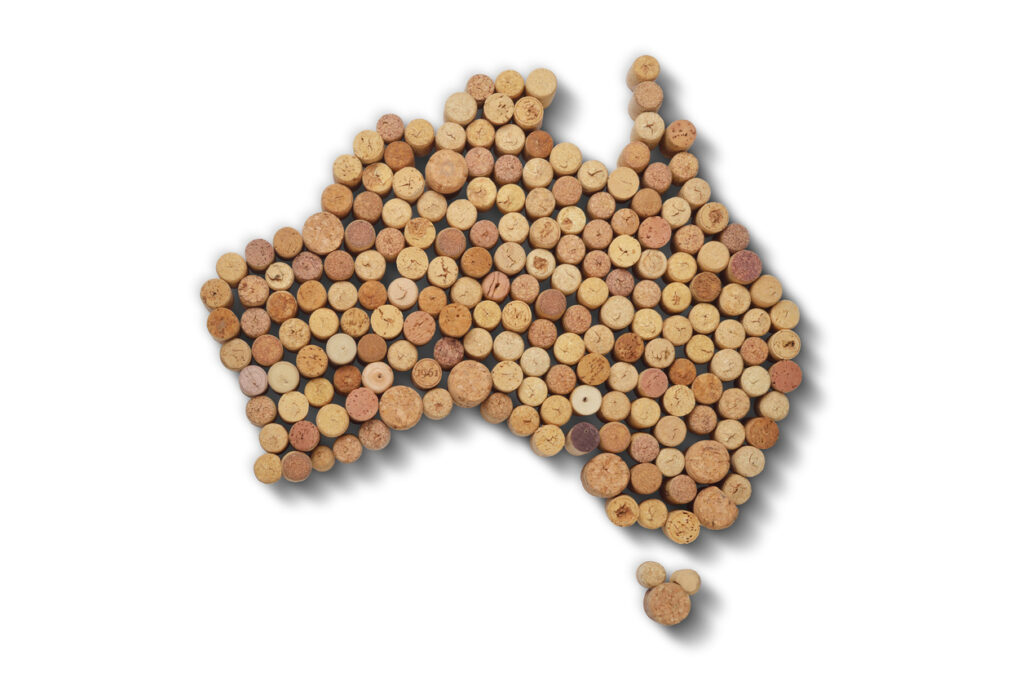
Oceania
Australia and New Zealand have also become well-known for producing Chardonnay. Australian Chardonnays come from various regions like Yarra Valley, Hunter Valley, and Margaret River, showcasing diverse styles from crisp and fruity to rich and oaky. In New Zealand, the Marlborough and Hawkes Bay regions produce Chardonnays with bright acidity and fruity flavors, often with a touch of oak influence.
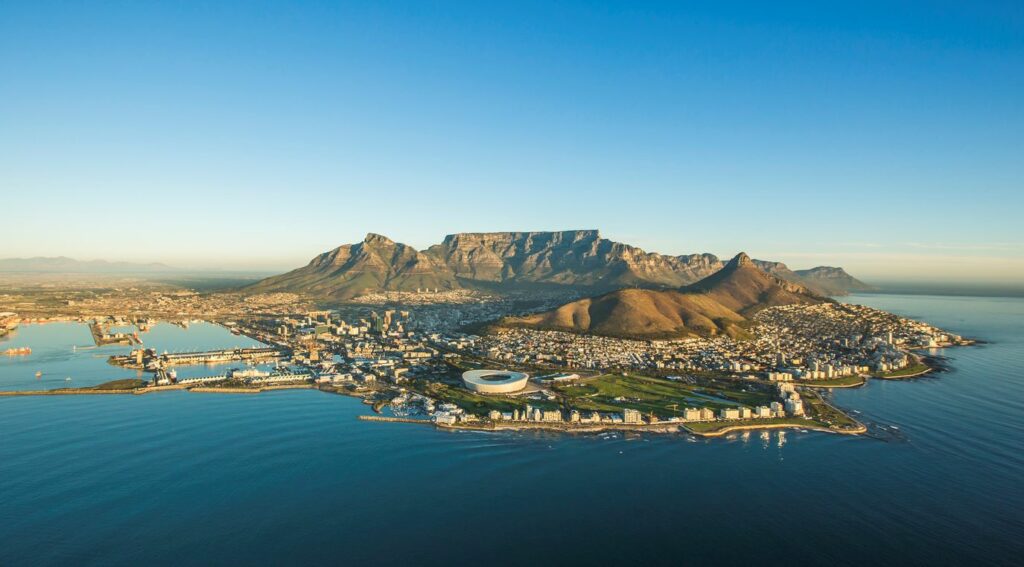
South America and South Africa
In South Africa and Chile, Chardonnay has been steadily gaining popularity. South African Chardonnays are typically produced in regions like Stellenbosch, Franschhoek, and Walker Bay, expressing flavors of tropical fruits, citrus, and minerality. In Chile, the Casablanca Valley and Limarí Valley regions are known for producing refreshing Chardonnays, often with a balanced acidity and fruitiness.

Food Pairings for Pinot Blanc and Chardonnay
Pairing Food with Pinot Blanc
Pinot Blanc is a versatile white wine that pairs well with a variety of dishes. Its light, crisp, and refreshing characteristics make it an ideal choice for seafood, such as shellfish and oysters. Additionally, it complements pasta dishes, particularly those with creamy or alfredo sauces.
Salads with goat cheese and asparagus also work nicely with Pinot Blanc due to its acidity and lightness. Furthermore, cheese platters that include varieties such as brie, camembert, and gouda can be a delightful pairing for this wine.

Complementing Chardonnay with Food
Chardonnay, another popular white wine, is known for its rich and buttery flavors that can pair beautifully with many different foods. Seafood, particularly shellfish like shrimp and crab, is a natural choice for Chardonnay, especially when prepared in creamy or buttery sauces. Oysters are another seafood option that pairs well with this wine.
Pasta dishes, such as those with cheese or cream-based sauces, can also be enhanced by a glass of Chardonnay. Pairing this wine with chicken, especially roasted or grilled options, will bring out the flavors in both the food and the wine.

When it comes to cheese pairings, Chardonnay works well with a wide range of options, including soft goat cheese, aged cheddar, and even blue cheese. Finally, a crisp salad with a light vinaigrette can serve as a great accompaniment to this versatile white wine.
Choosing Between Pinot Blanc and Chardonnay
Pinot Blanc and Chardonnay are both popular white wine grape varieties, each with its own distinctive attributes. To choose between them, it’s important to consider factors such as taste, aroma, region, and food pairing.
Taste
In terms of taste, Pinot Blanc is known for its light, crisp, and refreshing flavors, often displaying hints of apple, pear, and lemon. On the other hand, Chardonnay can exhibit a wide range of flavors due to the variety of regions and styles in which it’s produced. These flavors can range from bright and zesty citrus fruits in cooler climates to richer, more buttery notes in warmer regions or when aged in oak barrels.
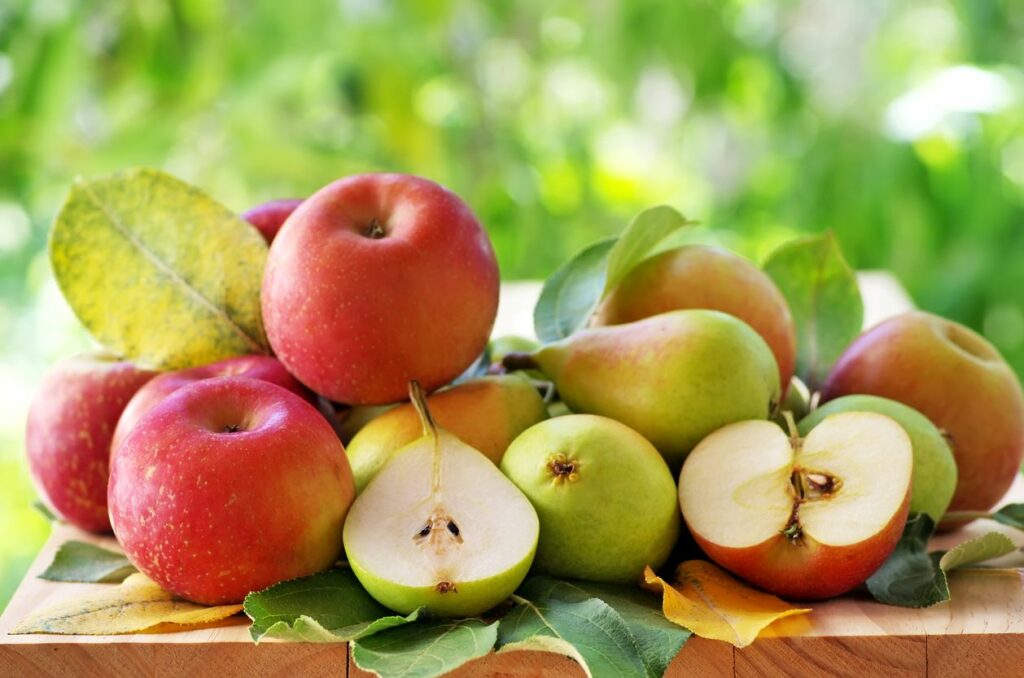
Fragrance
When it comes to aroma, Pinot Blanc often has a delicate and subtle fragrance, while Chardonnay can have a more powerful and pronounced profile. This is due to the fact that Chardonnay grapes can be more expressive, carrying notes of tropical fruit, vanilla, and even toasty oak (when aged in oak barrels).
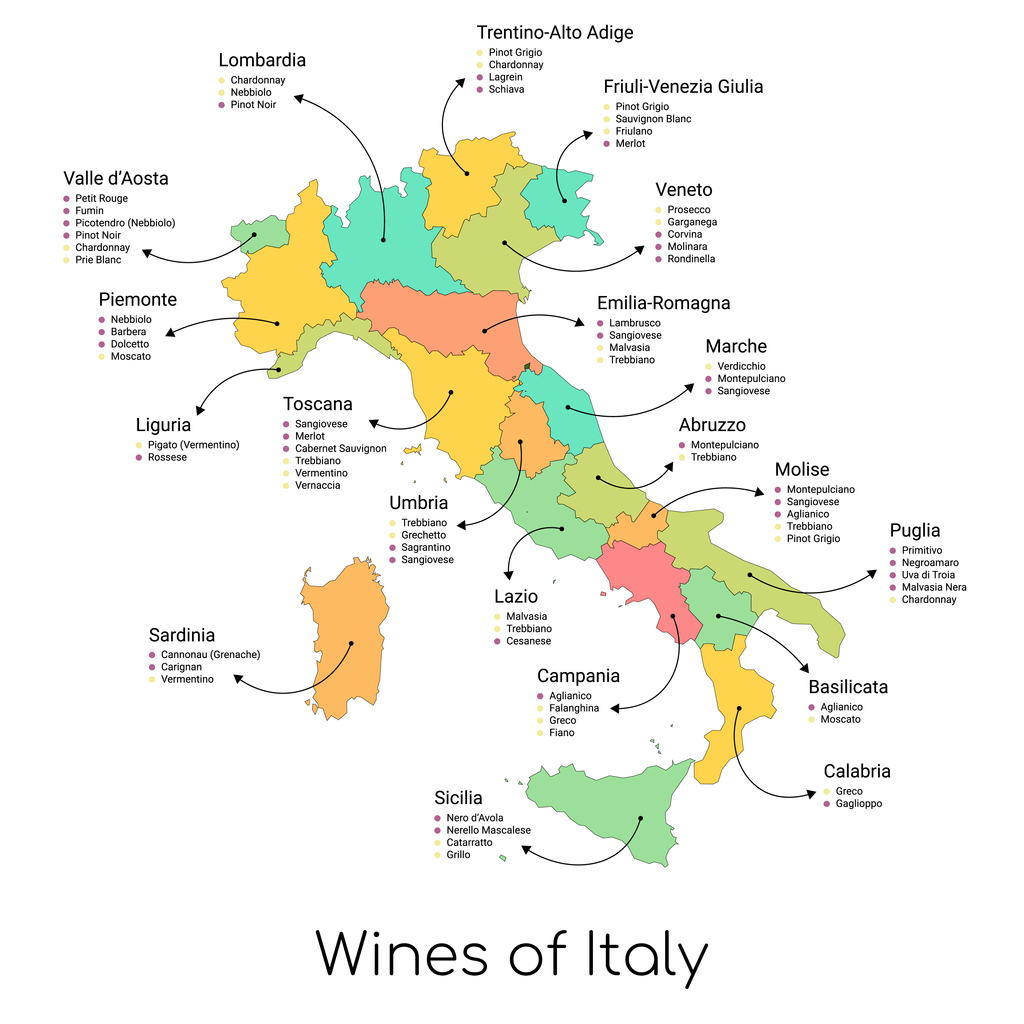
Terroir
Region plays a significant role in the differences between these two varieties, as they are grown and produced in various parts of the world. Pinot Blanc is predominantly found in France, specifically in the Alsace region, as well as Northern Italy and parts of Germany. Chardonnay, on the other hand, is one of the most widely planted grape varieties globally, with prominent growing regions in France (Burgundy), California, and Australia.
Food Pairing
Food pairing is another important factor to consider when deciding between Pinot Blanc and Chardonnay. Pinot Blanc’s light and crisp character makes it a versatile choice for pairing with a variety of dishes, including seafood, light poultry, and vegetable dishes. In contrast, Chardonnay’s richer and more complex flavors lend themselves well to heartier fare such as roasted chicken, creamy pasta dishes, and lobster.
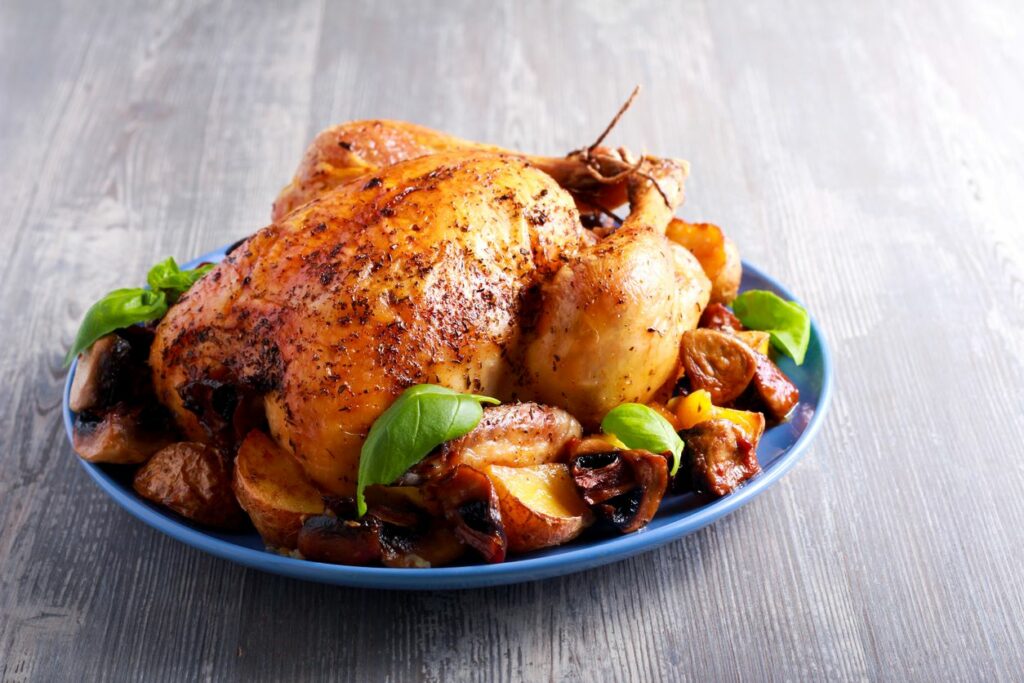
In conclusion, when choosing between Pinot Blanc and Chardonnay, it’s essential to consider personal preferences in taste, aroma, regional characteristics, and potential food pairings. Being aware of these factors can help you in making an informed decision and ultimately lead to a more enjoyable wine experience.
Other White Wines to Explore
Sauvignon Blanc and Its Characteristics
Sauvignon Blanc is a popular white wine variety known for its refreshing and crisp flavors. Originating from France, this grape variety has successfully spread to other wine-producing regions like New Zealand. Sauvignon Blanc is characterized by its intense citrus notes and green bell pepper undertones, making it a delightful choice for those seeking a refreshing and zesty wine.

Gewürztraminer: A Unique White Wine
Gewurztraminer is another intriguing white wine option, with an aromatic profile that sets it apart from many other varieties. It offers a rich, fruity flavor profile that includes lychee, rose, and sometimes even hints of honey. Being moderately low in acidity, Gewürztraminer can be enjoyed as a stand-alone sipper or paired with a variety of cuisines, particularly spicy dishes, due to its ability to complement bold flavors.

Riesling: Sweet and Tart
Lastly, Riesling is a versatile and delightful white wine originally from Germany. Riesling wines can range from off-dry with a touch of sweetness to lusciously sweet dessert wines, depending on the region and winemaker’s influence. With a prominent tartness and hints of honey, Riesling is an excellent accompaniment to many dishes, particularly those with rich flavors or a touch of sweetness. Its versatility and range of styles make Riesling an excellent white wine to explore for both novices and enthusiasts alike.
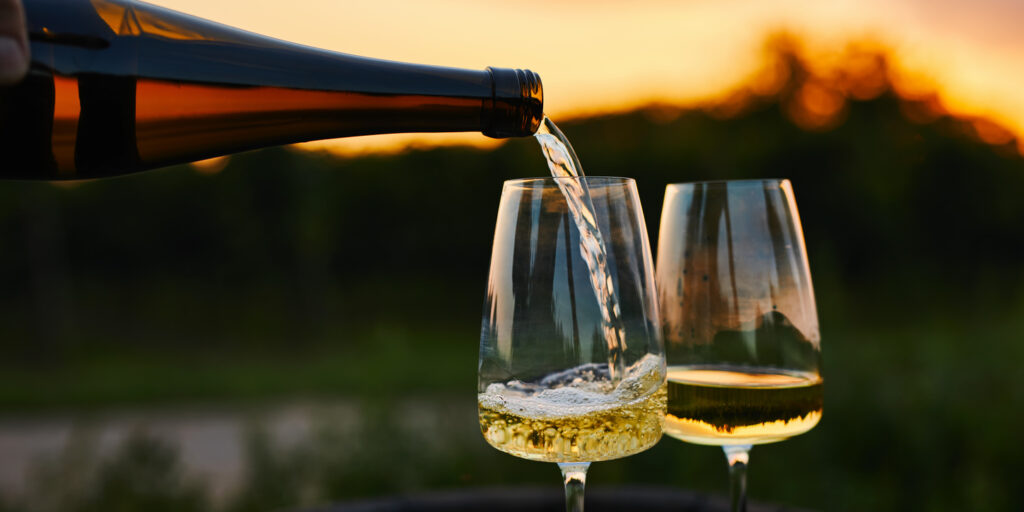
Conclusion
Pinot Blanc and Chardonnay are both popular white grape varieties used in winemaking, but they have distinct characteristics that set them apart. While Chardonnay occupies a more prominent position in the world of wine, Pinot Blanc offers its own unique charm and qualities.

In terms of aroma, Chardonnay typically exhibits fruity notes such as green apple and pear, with hints of oak, toast, and butter in oaked versions. Pinot Blanc, on the other hand, presents fresher and more delicate scents, including citrus, melon, and green apple. The taste of Chardonnay ranges from crisp and light with high acidity to more full-bodied and luscious, depending on how it has been aged and whether it has undergone malolactic fermentation. Pinot Blanc presents a lighter, more easy-drinking experience, with gentle flavors and a light to medium body. High acidity is maintained, ensuring both wine varieties have a pleasant finish.

